Breastfeeding Positions: Finding What Works Best for You and Your Baby
May 05, 2024As a new mom, mastering the art of breastfeeding can be challenging, but finding the right position can make all the difference. Every baby and mother's body is unique, and what works for one may not work for another. Experimenting with different breastfeeding positions can help ensure a comfortable and successful breastfeeding experience for both you and your little one.
5 Common Breastfeeding Positions
1. Cradle Hold
The cradle hold is one of the most popular and traditional breastfeeding positions. In this position, you hold your baby across your lap, with their head resting in the crook of your elbow on the same side as the breast you're using. Support your baby's head and shoulders with your arm, and use your free hand to support and guide your breast into their mouth. This is great for small babies.

2. Cross-Cradle Hold
The cross-cradle hold is a variation of the cradle hold and can be particularly helpful for newborns or babies with latching difficulties. To achieve this position, hold your baby across your body, with their head resting on the opposite arm from the breast you're using. Use your free hand to support and guide your breast into their mouth.

3. Football Hold (Clutch Hold)
The football hold, also known as the clutch hold, is an excellent choice for mothers who have had a cesarean delivery or are breastfeeding twins. In this position, you hold your baby along your side, with their head resting on the same arm as the breast you're using. Use your free hand to support and guide your breast into their mouth.

4. Side-Lying Position
The side-lying position is a comfortable option for nighttime feedings or when you need to rest while breastfeeding. Lie on your side with your baby facing you, and use your free arm to support their back and guide them to your breast. This is my all time favorite position for feeds, especially at night.

5. Laid-Back Position
The laid-back position, also known as the biological nurturing position, allows your baby to take the lead and latch on naturally. Recline with your back and head supported, and place your baby's tummy against yours. This position can be particularly helpful for babies who struggle with latching or have a strong sucking reflex.

Remember, every breastfeeding journey is unique, and it may take some trial and error to find the positions that work best for you and your baby. Don't hesitate to seek support from a lactation consultant or experienced breastfeeding mothers if you encounter any difficulties.
Additionally, consider the following tips to enhance your breastfeeding experience:
- Use pillows or nursing cushions for added support and comfort.
- Eat a well-balanced nutrient nutrient-dense diet & enough calories to help milk maintenance.
- Practice skin-to-skin contact to promote bonding and reinforce your baby's natural breastfeeding instincts.
- Be patient and gentle with yourself and your baby as you navigate this new journey together.
Breastfeeding is a beautiful and rewarding experience, and finding the right positions can help make it even more enjoyable for both you and your little one.






